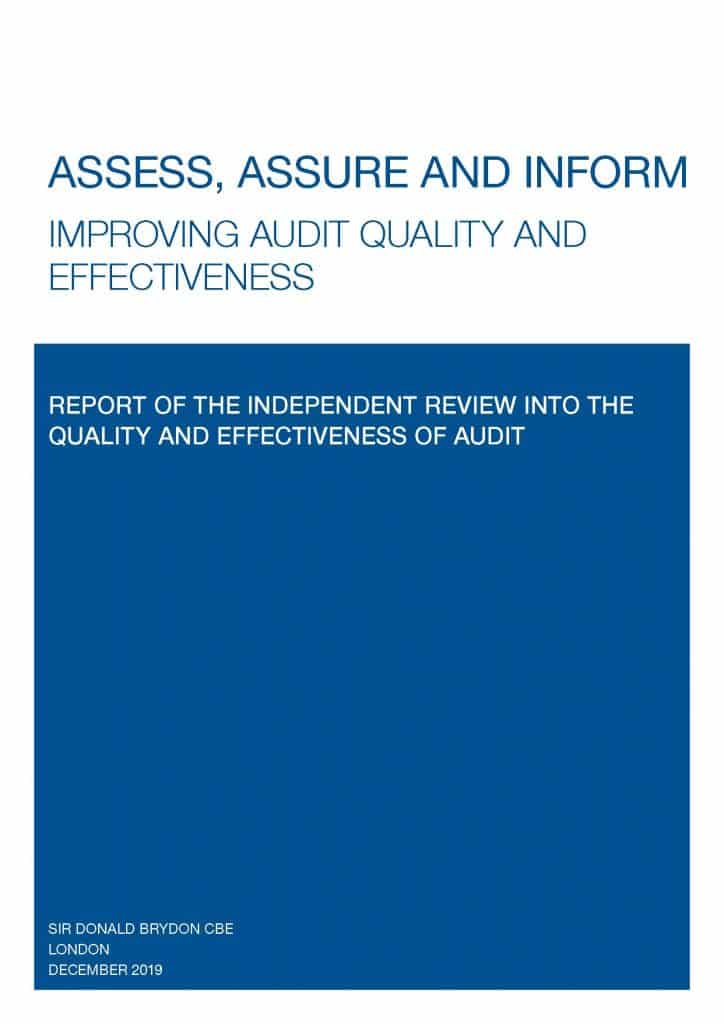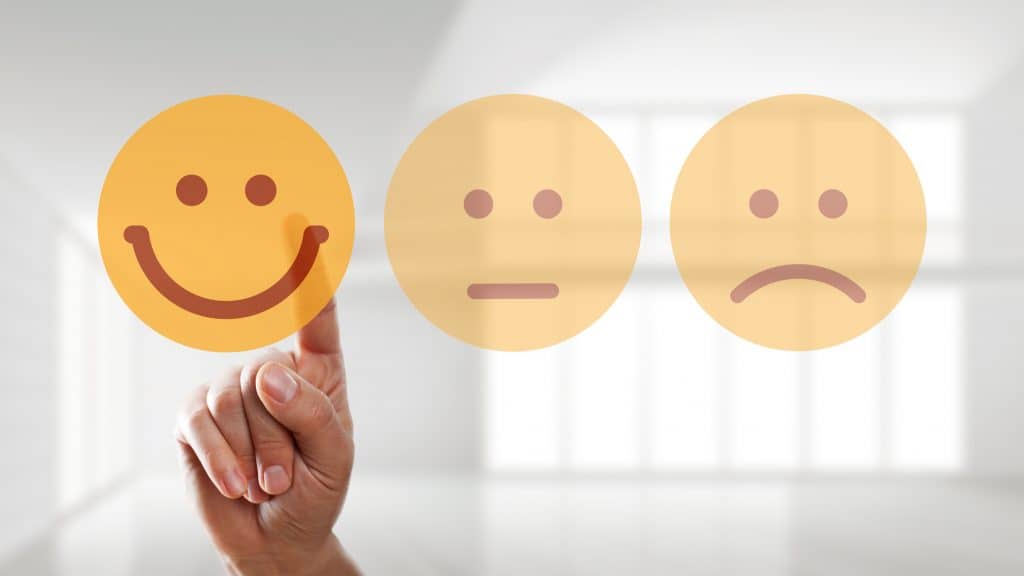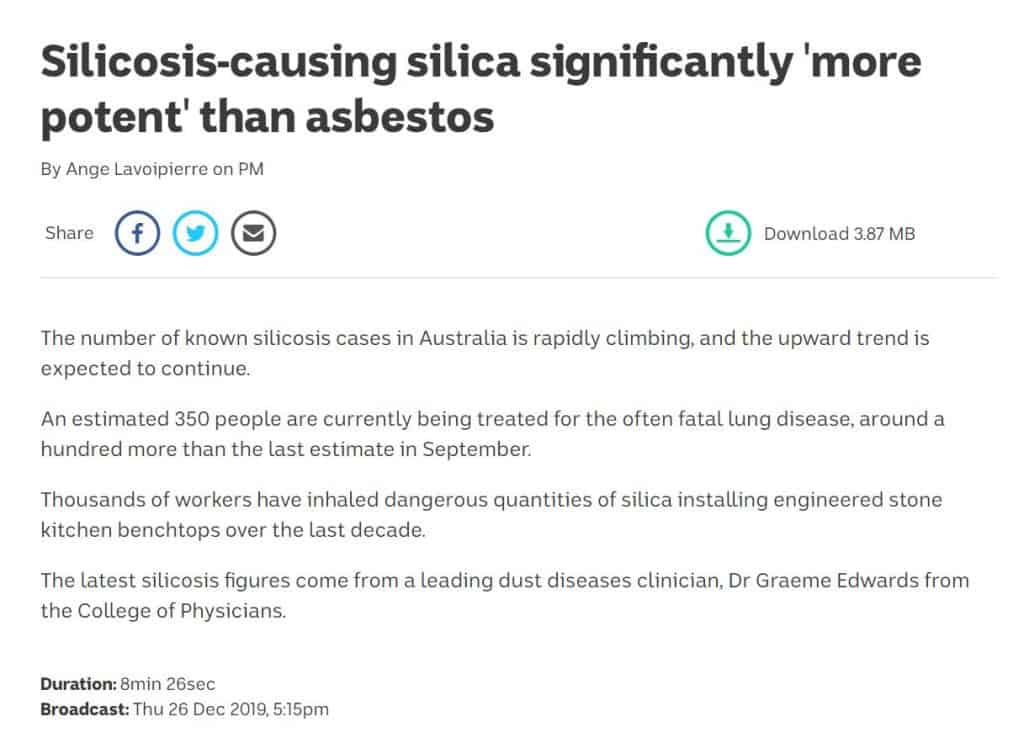
This article was originally published in the SafetyAtWork magazine in March 2002, has been slightly edited with new links included. It is surprising how slow progress in the auditing sector has been, supporting some of the points raised in the Brydon Review.
The Enron saga means many things to many people. Some see the collapse as a result of greed, others as an inevitable result of US corporate capitalism, yet others focus on the political ramifications of the collapse. From a distance and in the context of workplace safety and risk management, the saga can be seen as a wake-up call for all businesses.
Continue reading “Auditors and Exorcists”





